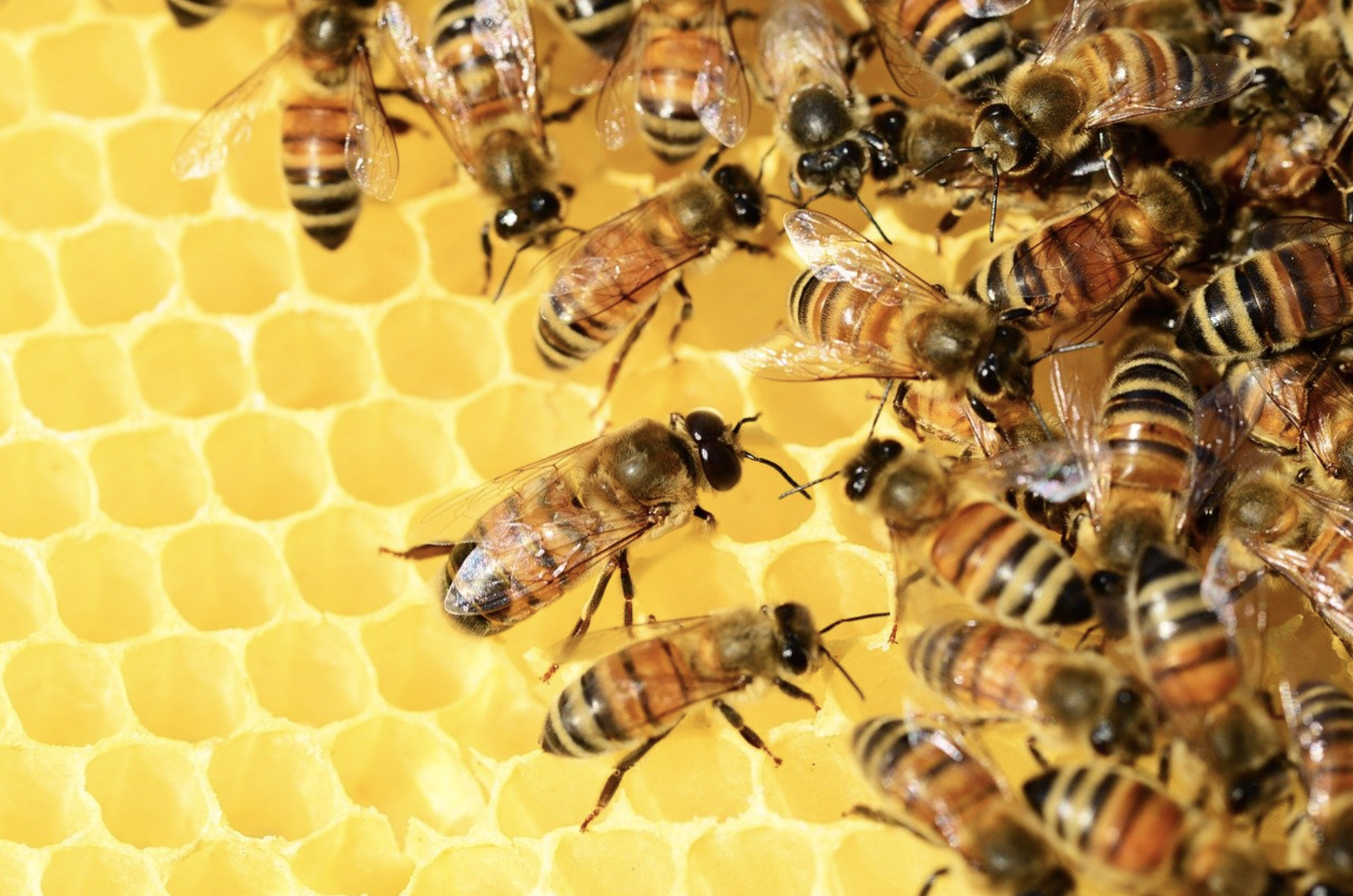Image courtesy of Pixabay.
By Siona Ahuja ’24
Staff Writer
In 2020, biologists Daniel Janzen and Winnie Hallwachs decided to extend their annual six-month stay in Costa Rica for ecological research due to COVID-19 restrictions. With extra time on their hands, they reflected on the declining insect population caused by the “heterogeneous blanket” of climate change. While their primary field of research is not climate change, the toll it takes on ecosystems was hard to ignore. The biologists noticed that rising temperatures led to disturbances in the insect population, affecting food webs from the bottom up.
They discovered that the number of caterpillars found hosting colonies of parasites had fallen to less than 5 percent in recent years, creating worrying signs for the ability of these parasites to maintain their population.
Another species affected by the forces of human-caused climate change and habitat loss is the monarch butterfly. A week after Thanksgiving 2020, western monarchs were tallied for the annual Western Monarch Thanksgiving Count, and it was calculated that just below 2,000 butterflies had undertaken their migration from the northern U.S. and Canada to California and Mexico. “We were expecting it to come in low, but not that low,” Cheryl Schultz, an entomologist at Washington State University, said to Bay Nature magazine. “If I had to make a guess three months ago, I think we would all have been talking about less than 10,000. But coming in at less than 3,000. That’s … unexpected.”
Another factor for the monarch butterfly’s near extinction is increasing carbon dioxide levels that make milkweed sap, the only food that they consume, severely toxic. Warmer temperatures also mean that the migration routes for these butterflies are longer and tougher. A new study claims that this phenomenon has forced the wings of monarch butterflies to grow larger as a result.
“Nature is under siege,” states David Wagner, a professor of ecology and evolutionary biology at the University of Connecticut in an article for the Proceedings of the National Academy of Sciences. Wagner is referring to Post-World War II agricultural reforms, along with global warming, that have caused habitat loss for huge colonies of insects, mainly through human intervention, and have adversely affected delicately balanced ecosystems.
“Agriculture threatens insects and nature on many axes: [F]oremost through loss of habitat, but also by exacerbating global warming, elevating exposure to pesticides, nitrification of lands and waters that have been geologically nitrogen limited, and more,” Wagner said.
As frequent and severe heat waves hit parts of the world, especially warmer regions like Mexico and Spain, some insects are on the brink of endangerment. Bumblebees, a species that thrives in cooler conditions, are decreasing eight times faster than they are recolonizing. The remaining bumblebees serve an important purpose: They fly faster and more frequently than other pollinators, making them critical for the survival of plants that rely on insect pollinators.
Similarly, honeybees periodically face colony collapse disorder, a phenomenon that describes the sudden deaths of a majority of the worker bees in a honeybee colony. This is mainly caused by pesticide use and genetically modified crops, both the ramifications of human intervention. Colony collapse disorder has led studies to conclude that without honeybees, human subsistence would not be possible, since they are responsible for pollinating 90 percent of the world’s food crops — almost $30 billion worth.
While the general trend seems to be a decline in the insect population, some insects and pests, like roaches and bedbugs, are likely to thrive in the warming weather. Moreover, warmer climatic conditions also expand the range of travel for these insects, allowing them to inhabit previously inaccessible areas such as the Arctic.
A study by Carbon Brief also concludes that the Earth warming 2 C above pre-industrial levels — the limit set by the Paris Agreement — could potentially give rise to pest-related food crop losses, especially for rice, maize and wheat. The losses from said infestation is likely to affect China, France and the U.S. the most.
“There are still too little data to know how the steep insect declines reported for western Europe and California’s Central Valley — areas of high human density and activity — compare to population trends in sparsely populated regions and wildlands,” Wagner wrote in the Annual Review of Entomology.
In an attempt to tackle this problem, Janzen and Hallwachs co-founded BioAlfa, a bioliteracy program that aims to engage Costa Ricans in hands-on learning as well as research on the vast biodiversity the tropical land holds. They hope that this program, derived from the Spanish word “bioalfabetizado” meaning “bioliterate,” translates to a greater appreciation for and understanding of Costa Rica’s ecosystem by the locals. The greater goal of this project is to provide a blueprint for transforming awareness into conservation and mitigating the collective human impact on the ecosystem.

